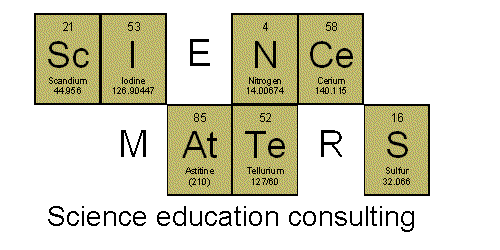Rub-a-dub-dub!
Three men in a tub,
And who do you think were there?
The butcher, the baker, the candlestick maker,
And all of them gone to the fair!
Three men in a tub,
And who do you think were there?
The butcher, the baker, the candlestick maker,
And all of them gone to the fair!
Activity 1: How many men can your tub hold?
Provide each child with a piece of aluminum foil (the size isn't terribly important, just try to keep the pieces about the same size).
Each child will shape the foil into some sort of tub or boat.
Place the tubs/boats in a tub of water (if they don't float now, do some tinkering to get them to float). Then begin adding penny passengers, one at a time.
After the boats sink, you can talk about what worked well and what didn't work so well. If you have the time available, you can provide students with another piece of foil to make a new boat. Can they use what they learned to make a boat that holds more pennies than the first?























